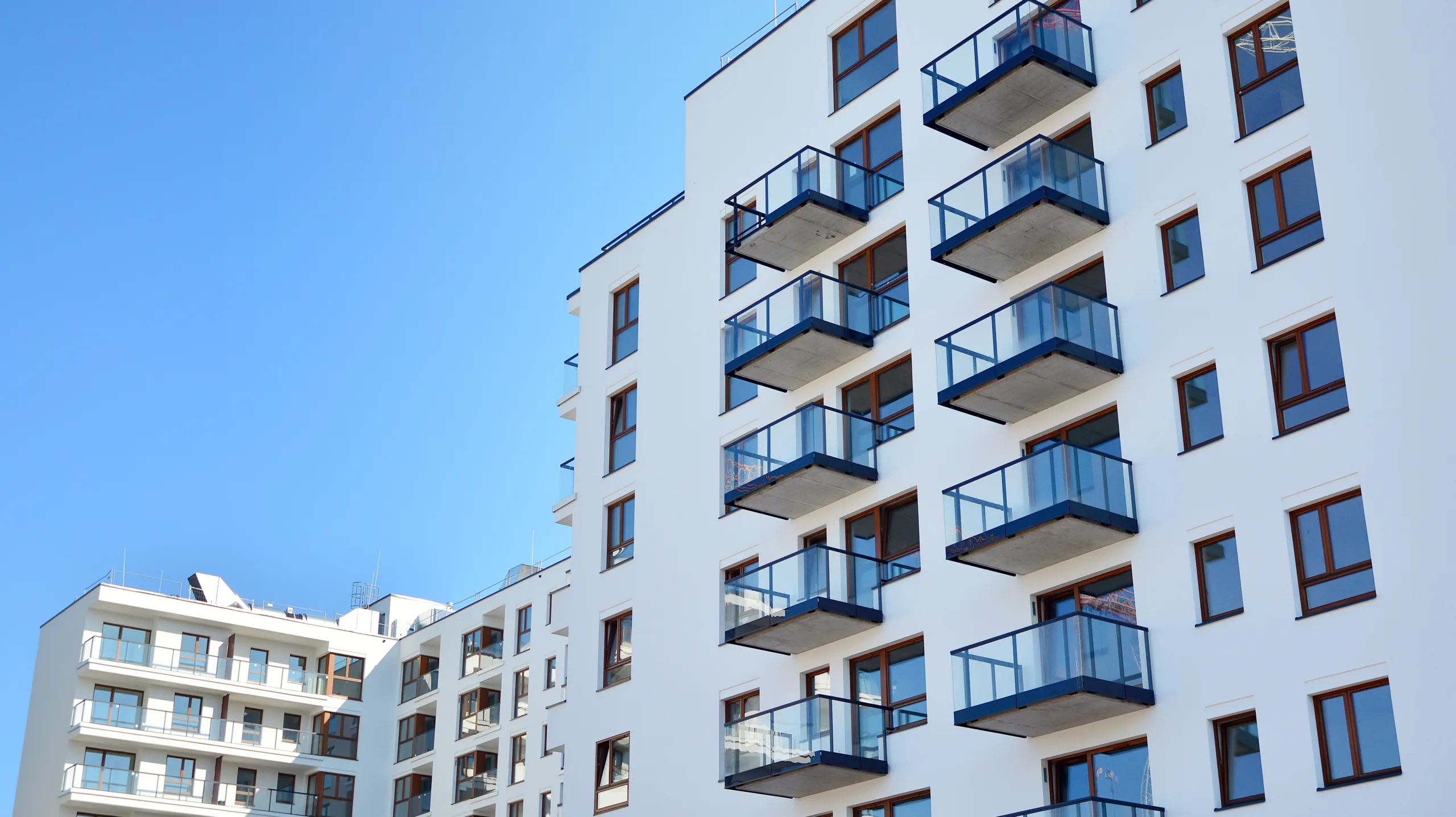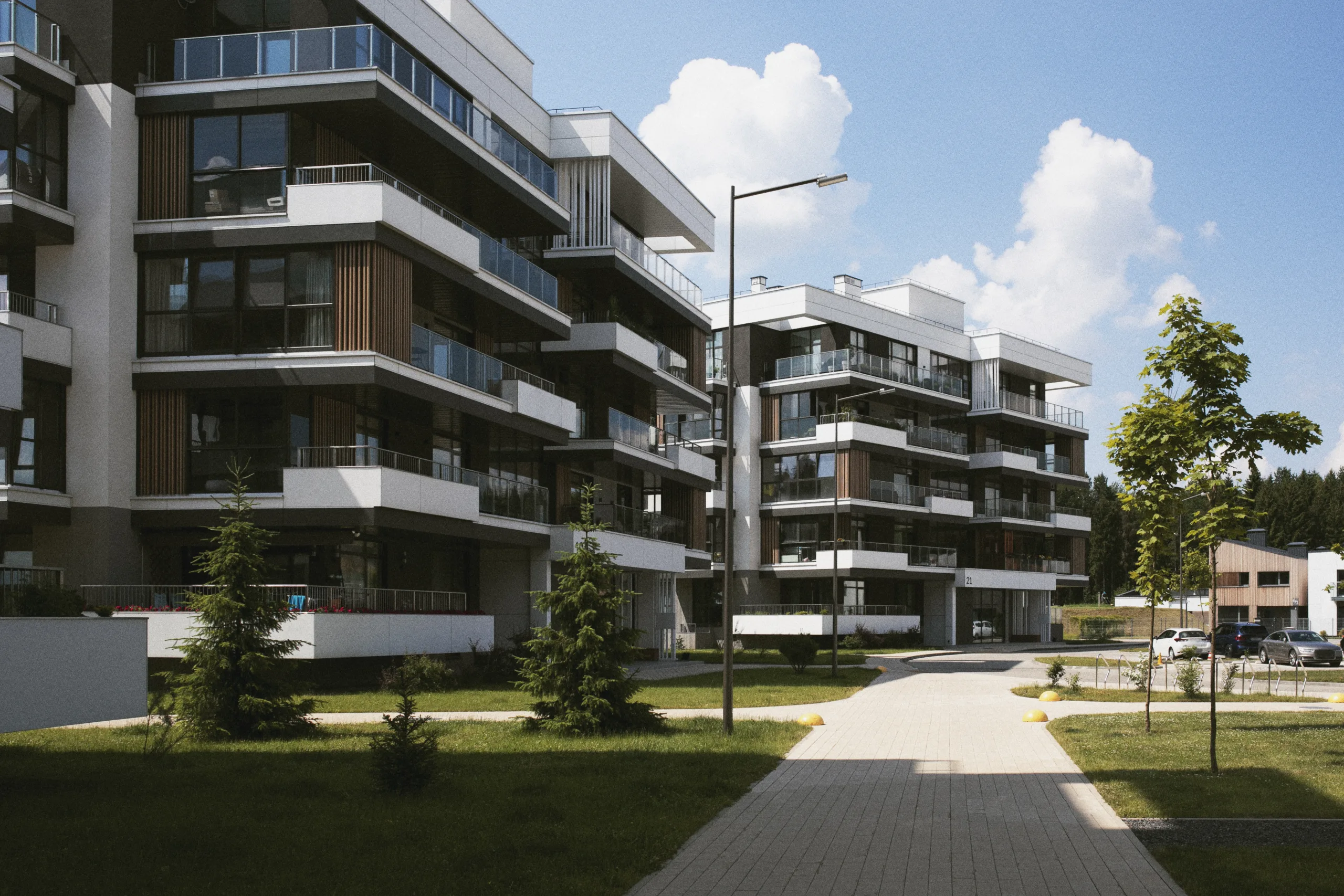- Nationally, apartment deliveries are projected to fall 33.9% in the year ahead, marking a return to more typical levels after several years of record-breaking construction.
- Seven major markets—San Jose, Denver, Minneapolis, Indianapolis, Milwaukee, San Antonio, and one additional Midwest market—are expected to experience supply declines of roughly 60% or more.
- San Jose leads with the steepest drop, down 77.5% year-over-year, while Denver follows with a 62.1% decrease.
- These pronounced pullbacks reflect not only cyclical slowdown but also financing challenges and market saturation.
Normalizing Nationally, But Sharper Drops Locally
After years of historically high multifamily deliveries, the US apartment market is poised for a reset, reports RealPage. Roughly 354K units are scheduled to be completed by mid-2026—down from over 535,800 delivered in the year-ending Q2 2025, according to RealPage Market Analytics. That 33.9% decline brings the market closer to its 10-year average of 360K units annually.
But the correction is more intense in several large metros, where delivery volumes are set to fall at nearly double the national rate.
Get Smarter about what matters in CRE
Stay ahead of trends in commercial real estate with CRE Daily – the free newsletter delivering everything you need to start your day in just 5-minutes
West Region
San Jose is set to see the sharpest decline in apartment supply nationwide. San Jose delivered a record 5,122 new units last year but will complete just 1,151 in the next 12 months, marking a sharp 77.5% drop. That puts future supply well below the market’s 10-year average of just over 3K units annually.
Denver is the only other Western metro on the list, with new supply dropping from 17,462 units to just over 6,600—a 62.1% decline.
Midwest Region
The Midwest is seeing broad-based pullbacks. Minneapolis, Indianapolis, and Milwaukee are each on pace for supply drops between 60% and 70% by mid-2026. These declines represent a sharp reversal from the recent elevated pace of construction and signal a slowing in new project starts amid tighter capital markets.
South Region
San Antonio tops the South in relative decline, with new deliveries expected to drop by 68.2% year-over-year. Only about 3,600 units are under construction and scheduled to complete in the coming year.
Several other Texas markets are also seeing significant pullbacks. Austin and Houston just miss the 60% threshold, with drops of 59% and 56%, respectively. In raw numbers, Austin will deliver nearly 15,900 fewer units than last year—the largest absolute decline in the US. Dallas isn’t far behind, with 15K fewer units, marking a 44.4% drop.
Why It Matters
A steep drop in apartment deliveries can tighten vacancy rates and fuel upward pressure on rents—particularly in cities with high job growth or constrained housing pipelines. After a period of oversupply, the cooldown is shifting control back to property owners and investors.
What’s Next
With financing more difficult to secure and economic uncertainty looming, supply declines are likely to persist in the short term. However, population growth and household formation trends may eventually reignite construction pipelines—particularly in Sun Belt and tech-focused markets.
For now, the year ahead will be one of retrenchment in many of the nation’s busiest apartment markets.
















